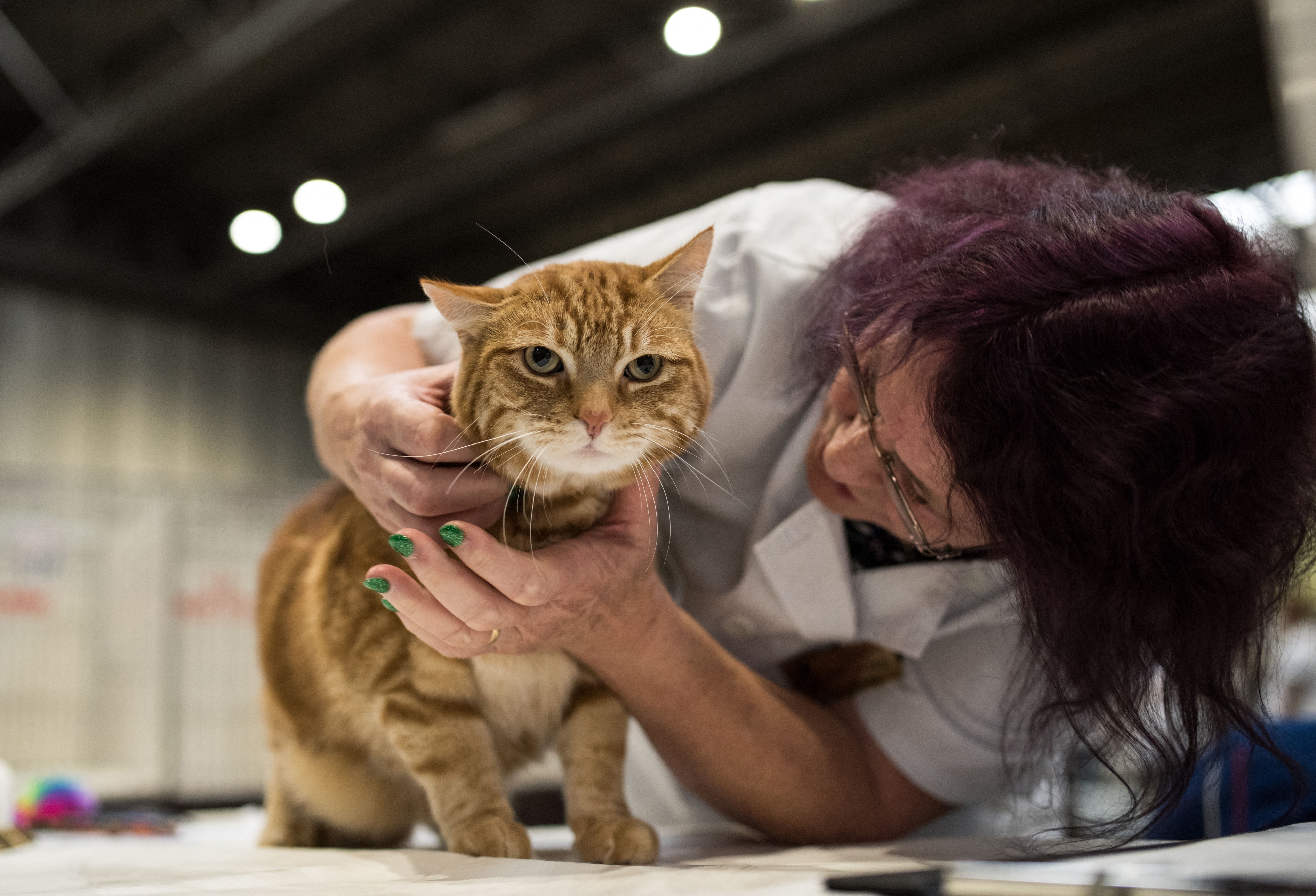ARTICLE AD BOX
Scientists have finally narrowed down on a long theorised elusive genetic mutation that makes orange cats so unique, unlike any other mammal.
While the orange fur colour can be seen across mammals, including tigers, golden retrievers, orangutans and red-headed humans, only in domestic cats is the colouration linked to sex, appearing much more often in males.
This pattern has pointed to an unknown "orange gene" on the X chromosome in cats but identifying this gene has eluded scientists for over a century.
Now, a new study published in the journal Current Biology finally unravels this gene, explaining the peculiarity of ginger cat genetics.
"Identifying the gene has been a longtime dream, so it's a joy to have finally cracked it," said Hiroyuki Sasaki, a geneticist and co-author of the study from Japan’s Kyushu University.

Any male cat with the mutation dubbed “sex-linked orange” will be entirely orange due to a random deletion of a section of its DNA in the X chromosome.
However, a female cat needs to inherit the genetic change on both of its X chromosomes to be entirely orange, which makes it a less likely occurrence.
If a female cat inherits one orange and one black gene, they develop patchy or mottled coats that is seen in calicos and tortoiseshells.
"These ginger and black patches form because, early in development, one X chromosome in each cell is randomly switched off," Dr Sasaki explained.
"As cells divide, this creates areas with different active coat colour genes, resulting in distinct patches. The effect is so visual that it has become the textbook example of X-chromosome inactivation,” he said.
-and-tortoiseshell-cat-(right).jpeg)
In the study, researchers analysed DNA from 18 cats – 10 with orange fur and eight without.
They found that all orange cats shared a specific deletion in the ARHGAP36 gene, while the non-orange cats did not.
Scientists found that this pattern held true in 49 additional cats, including samples from an international cat genome database.
However, until the discovery ARHGAP36 gene was thought to have no connection to pigmentation.
"ARHGAP36 is essential for development, with many other roles in the body, so I had never imagined it could be the orange gene. Mutations to the protein structure would likely be harmful to the cat,” Dr Sasaki explained.
Researchers then found ARHGAP36 gene activity in a cell type, called the pigment cell, in orange cats, where it's not normally expressed.
The study found that this rogue expression of the ARHGAP36 gene in the cat pigment cells inhibits an intermediate step controlling coat colour.
"Certainly, this is a very unusual mechanism where you get misexpression of a gene in a specific cell type," said Christopher Kaelin, another author of the study from Stanford University.
Researchers suspect an altered expression of the gene in some other tissue might also affect behaviour.
"There are not many scientific studies of the personality of orange cats," Dr Kaelin said.
"For example, many cat owners swear by the idea that different coat colours and patterns are linked with different personalities. There's no scientific evidence for this yet, but it's an intriguing idea and one I'd love to explore further,” Dr Sasaki added.
Scientists suspect that one reason orange cats have a reputation as “friendly agents of chaos” could be due to most of them being male.









 English (US) ·
English (US) ·